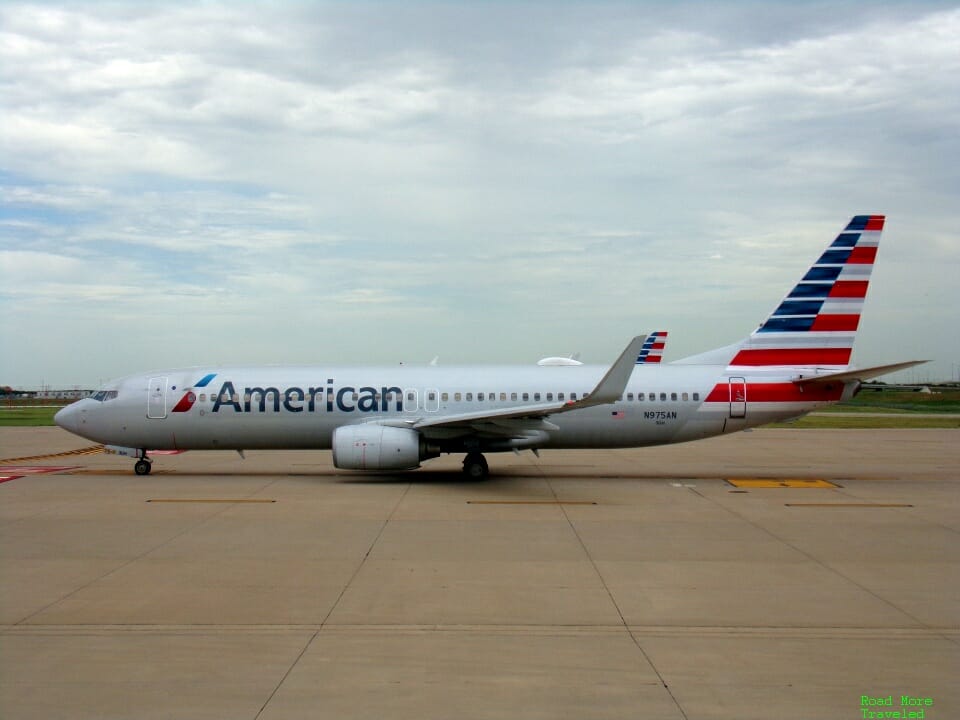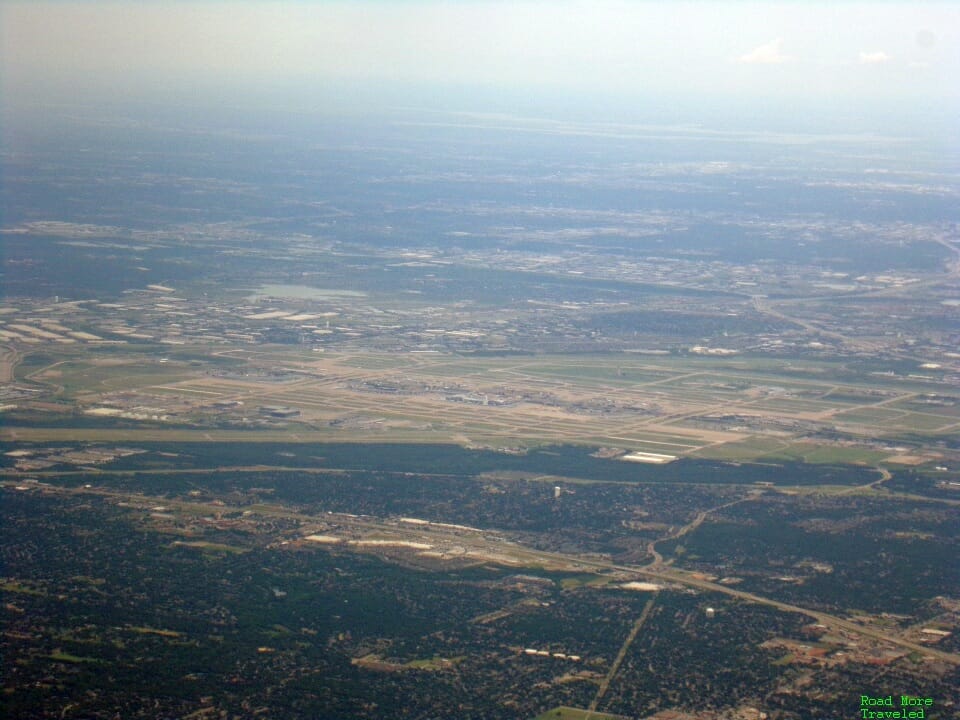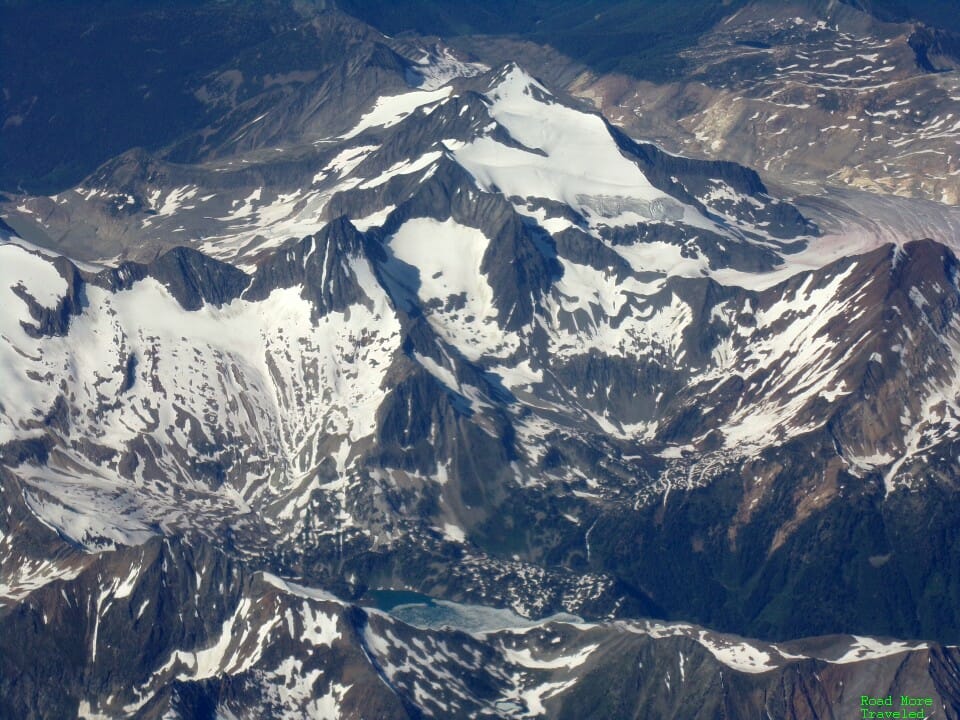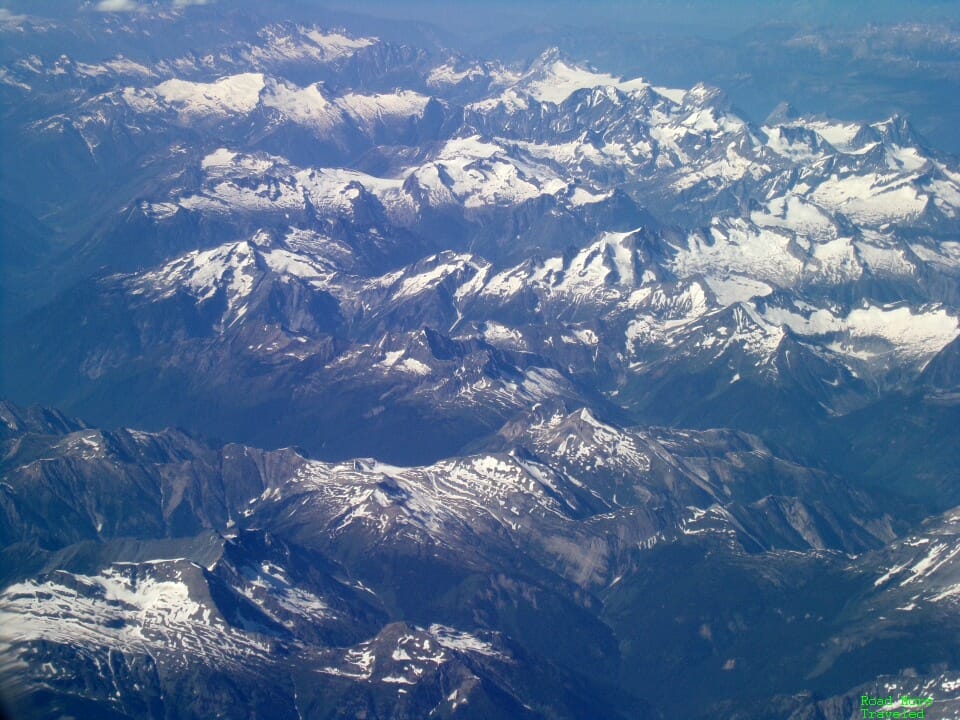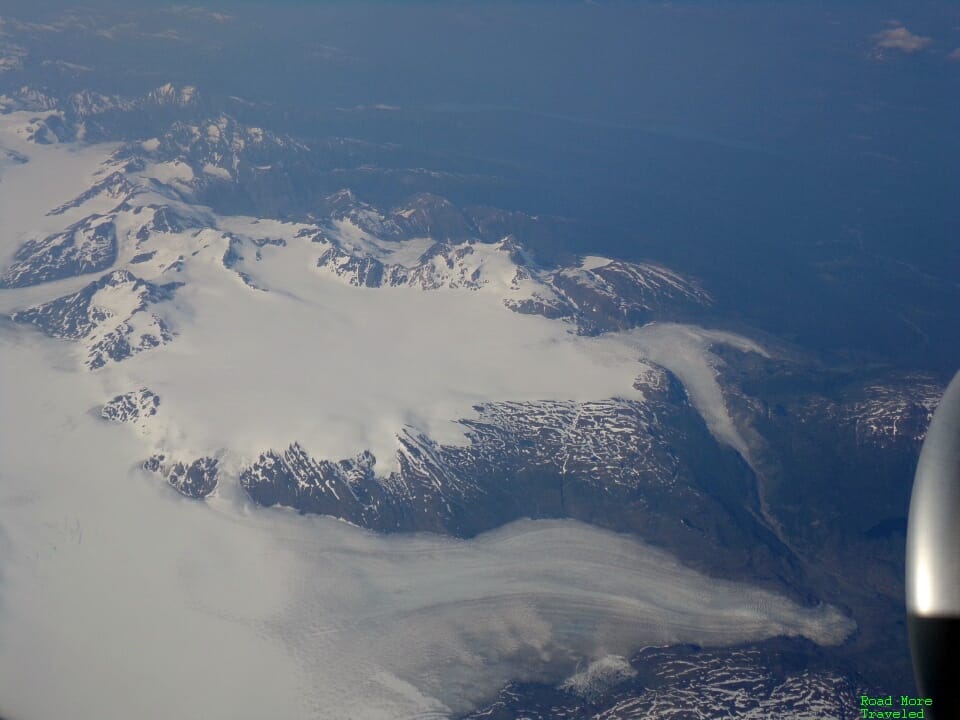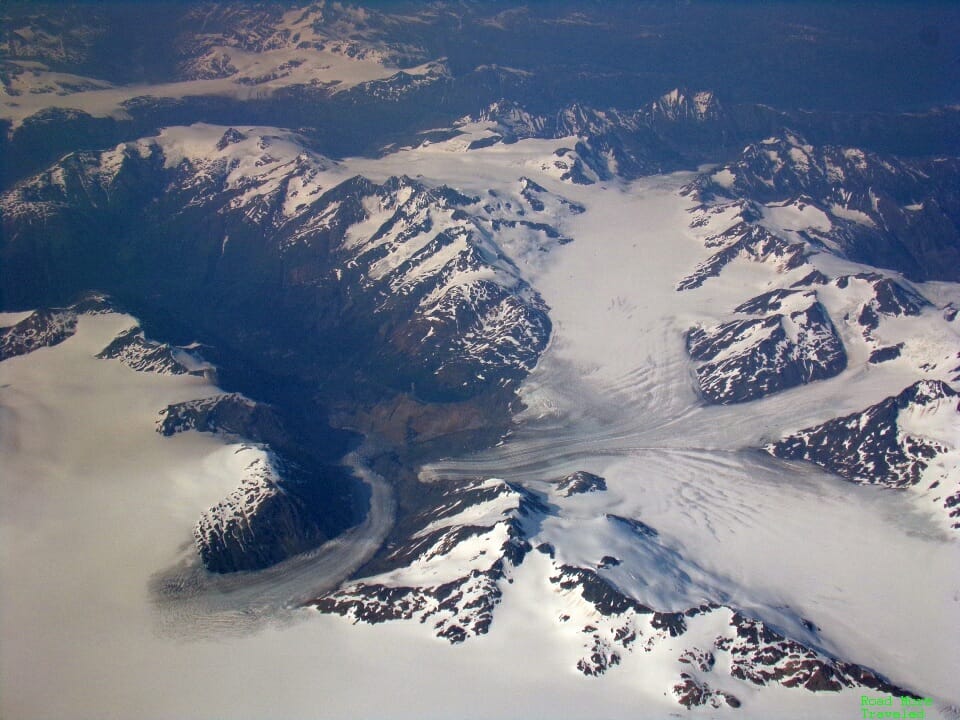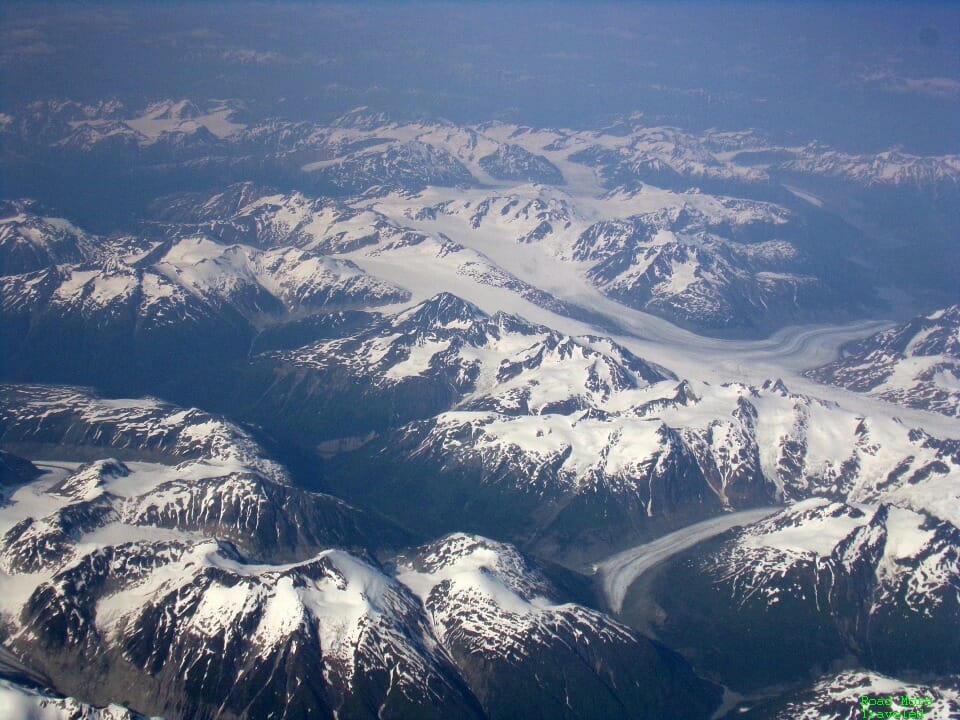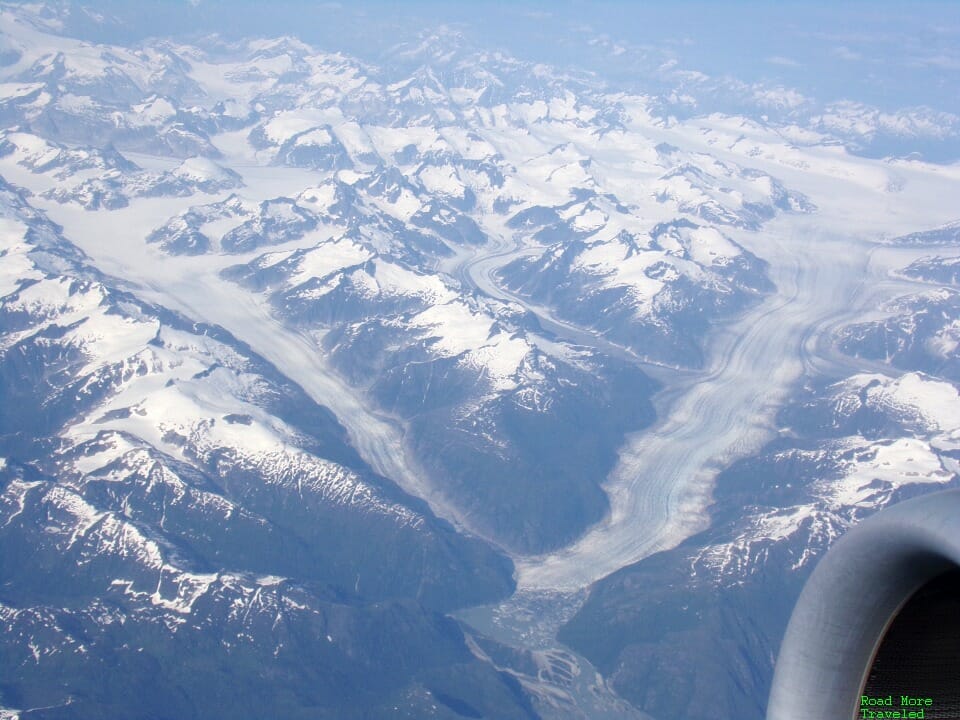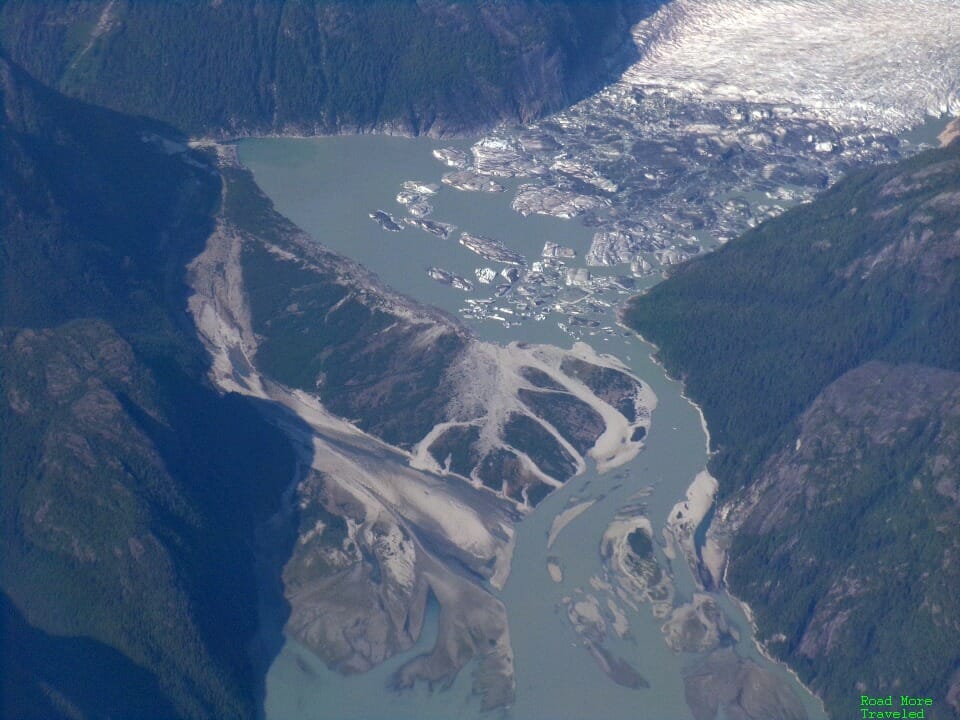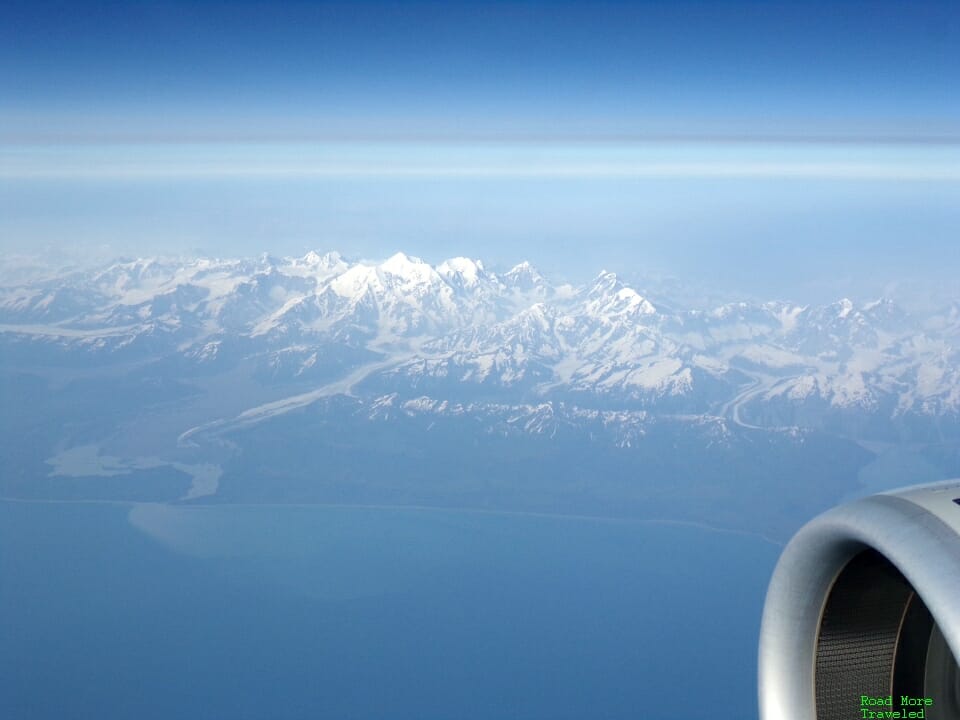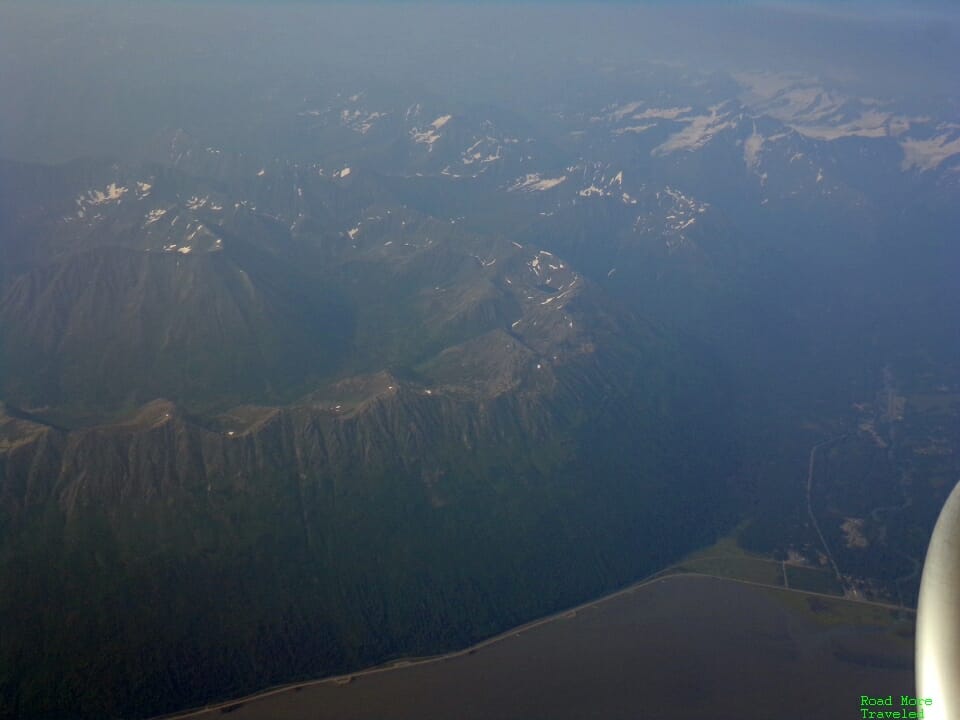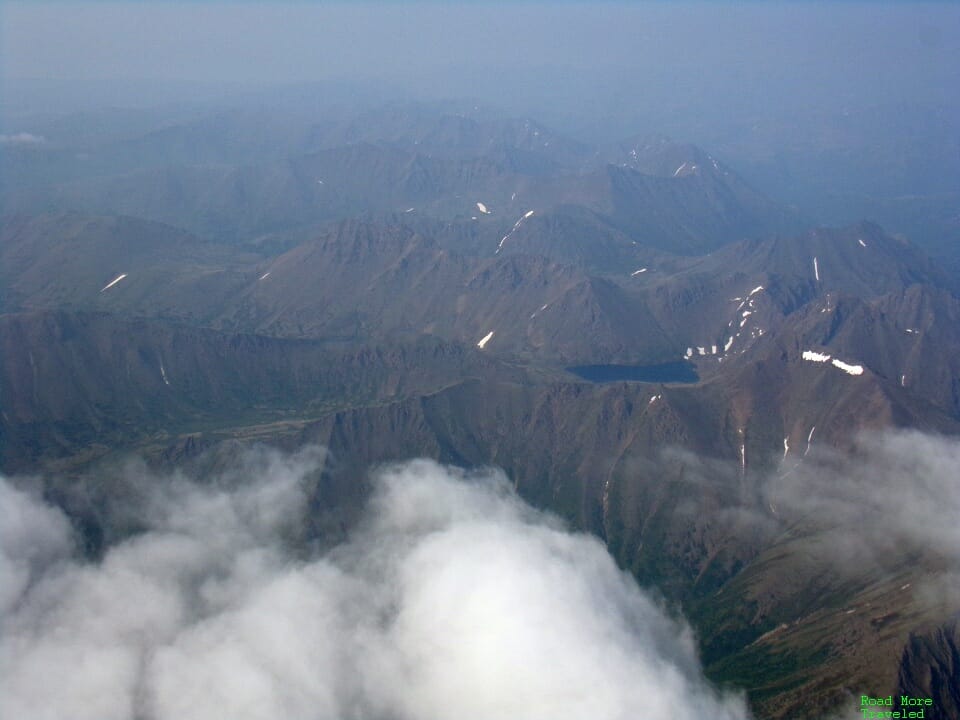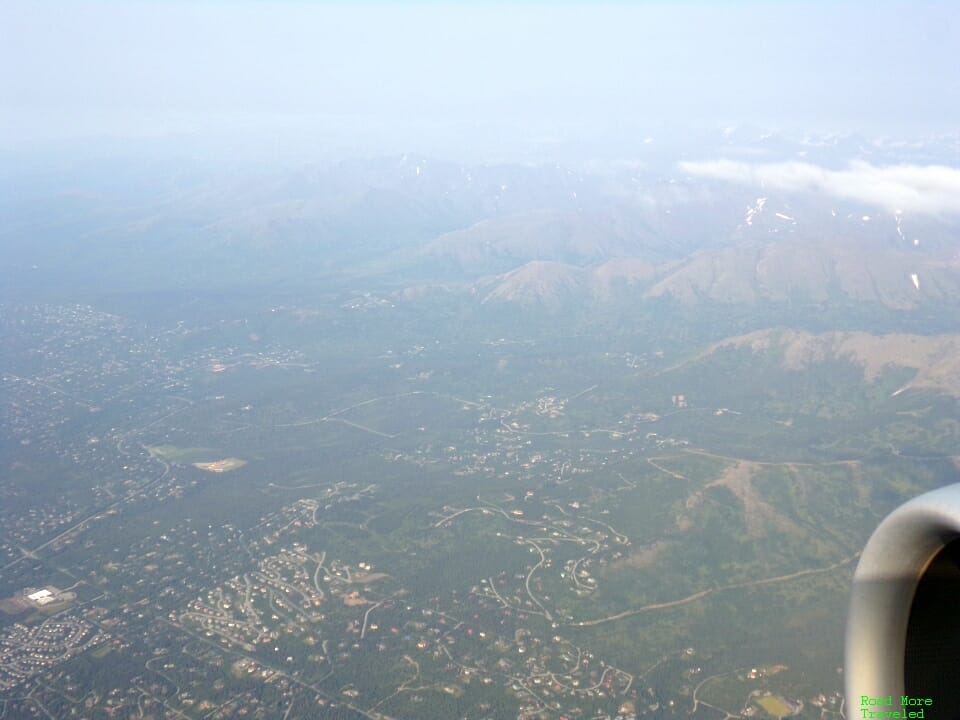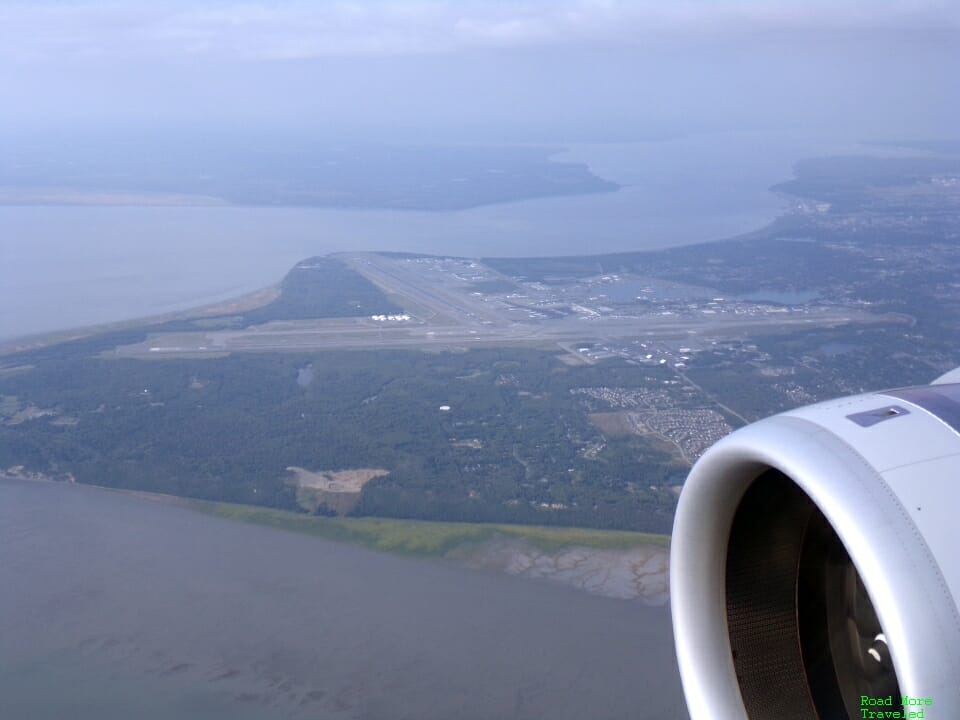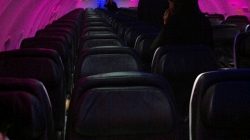To reach Alaska for our epic journey to the Arctic, we flew American’s nonstop from DFW to Anchorage. Though American took a butcher knife to DFW’s summer nonstop schedule, Anchorage survived the cut. With a mid-afternoon departure and early evening arrival, the timing worked perfectly for us. For the 6+ hour flight, we wanted some extra legroom, so we sprung for Main Cabin Extra. As an added bonus, American put one of their brand new A321neo aircraft on this route. That gave me a chance to check out American’s A321neo Main Cabin Extra product, albeit at a reduced service level.
This post is part of a larger trip report series about my trip to Alaska in August. Click here for the introductory post.
American Airlines (AA) Flight 607
- Wednesday, July 29, 2000
- Depart: DFW International Airport (DFW), Terminal A, Gate A15, 14:48, 2m early
- Arrive: Anchorage – Ted Stevens International Airport (ANC), Terminal S, Gate B7, 18:37, 2m late
- Duration: 6 hours 49 minutes
- Seat: 10F
- Equipment: Airbus A321neo
We paid $339 cash for each ticket, plus $63 for Main Cabin Extra. I found the MCE upcharge remarkably reasonable for such a long flight. Speaking of which, if you ever wondered just how far away Alaska is, this gives you a good idea. This flight clocked in at 51 minutes longer than my Toronto to London flight in February. Distance-wise, Dallas to Anchorage is just 500 miles less than Toronto-London.
Check-In and Boarding
This marked my first flight since February, though well past the low-point of air travel numbers in April. While I was a little surprised at the number of people at DFW, it still felt…sad?…compared to a typical summer day. The poor TSA agent seemed genuinely excited to have someone to talk to, even for a brief moment. Incidentally, perhaps due to dismal traffic, DFW offered terminal parking over the summer for an insanely low $10 a day. Usually that’s the rate at the el cheapo remote lot.
Once at the gate, American didn’t really attempt to limit crowding at the boarding area. Nevertheless, passengers largely self-policed themselves to maintain distancing and not crowd the line. Boarding started on time, and we made our way onboard quickly. Incidentally, I find American rather inconsistent when it comes to handling car seats and strollers. Sometimes, the gate agent asks you to leave your items at the podium, and they valet it to the gate check area themselves. Other times, they ask you to take it to the bottom of the jetbridge. This time, the cheerful agent offered to valet it. No complaints from me. Also, expecting a full flight, American sent me an e-mail two days before offering a free change to another flight.
American A321neo Main Cabin Extra – Seating and Interior
For the most part, American’s A321neo looks – really similar to the standard A321S. However, there are some notable differences. The regular A321S features a 181-seat layout, with 16 First/36 MCE/129 Economy. Main Cabin Extra consists of the first five rows of the coach cabin, the left half of the 6th row, and the exit row in Row 34. Seat pitch checks in at 34″. The A321neo, meanwhile, features an “Oasis-esque” densified configuration with 196 seats. The American A321neo Main Cabin Extra cabin expands to 47 seats; the first four rows of coach, the exit rows in Rows 17 and 27, and the right side of Rows 18-21. The price paid for the 11 extra seats? Pitch shrinks to 33″, still better than the tight 30″ in Main Cabin.
Does the 1″ of shrinkage make a difference? Honestly, I didn’t really notice. We carried on a fair amount of junk, between kid stuff, laptops, and food for the long flight. Even with the foot-level congestion, legroom seemed about the same as the “32B” plane. I still had enough room to fully stretch my legs.
While seated, there was sufficient distance between the row in front to prevent seat kicking by the munchkin. (Yes, we tell him to stop when that happens. Sometimes I can’t react fast enough, and the extra 3″ really comes in handy.)
The interior itself looks very familiar if you frequently fly the A321S. Coach is in a 3-3 configuration, with seats 17-18″ wide. This is tighter than the standard A321, though, which includes 18″ of pitch in all Main Cabin seats.
As with all “new” configurations on American planes, there are no seatback TVs, with the magazine rack moved up. I suppose this really does compensate for the reduced seat pitch; perhaps that’s why I didn’t notice it when it comes to legroom.
The A321neo definitely boosts overhead bin space, with deep bins that easily swallow four bags. American reserves bin space over MCE seats for Main Cabin Extra. While you receive priority boarding anyway, in theory this means no worries if you’re running late. (Surprisingly, you can already see numerous scuffs and scratches on this brand new plane.)
This flight ended up shockingly full – every single seat taken – so I couldn’t get decent photos of the rest of the cabin.
The primary improvement compared to the standard A321 or the 737? It’s noticeably quieter, both during take-off and at cruising altitude. While not A350 level, it’s still quite relaxing onboard.
American A321neo Main Cabin Extra – In-Flight Entertainment
For better or worse, American ripped out the seatback TVs on the A321neo, providing only BYOD entertainment. Personally, I prefer the TVs, mainly because the new flight map on the American app – isn’t good. On a mobile device, the map provides only a rudimentary position and time to destination. No ability to zoom, or see flight stats, or any of the other cool stuff you could do on the old moving map.
At least American provides plenty of power at each seat, with both USB and 110v options.
Food/Beverage/Service
I expected zero service on board except for one drink pass, and so brought plenty of food with us. In fact, the gate agents announced before boarding that only snack bags at the door would be offered. In reality, though, I found service not much different from a typical domestic flight. The FAs offered two formal drink runs, along with two passes of the Biscoff/pretzels snack basket. Later, I remembered that American does offer Biscoff and pretzels on flights longer than 2,200 miles. However, American still does not offer wine, beer, or liquor in MCE. Thus, for now, the only MCE perks are extra legroom and priority boarding.
During the flight, I found the FAs quite responsive to drink requests. Much more so than usual, I must say. For that matter, service generally seemed more upbeat than normal. Perhaps the crew really was happy to have a plane full of passengers given the situation.
Bear in mind that American suspended buy-on-board service in the spring, which is yet to return. This means you’ll either need to eat beforehand, or buy something at the airport. Fortunately, DFW Airport at least has a reasonable number of outlets open. That does not, unfortunately, include the Tim Love’s Love Shack location in Terminal E.
Flightseeing
I must confess, the flightseeing on this jaunt reminded me what I miss about flying. We started off with an unusually “cool” (only 93 degrees) and overcast day over DFW. Traffic remained eerily low at the big airport; we lined up next to this American 737 as we prepared for departure.
After taking off to the south, we quickly headed northwest, providing a panorama of the massive DFW airfield.
Later, over western Kansas, I lucked into some incredible cloudporn courtesy of a thunderstorm.
But the best show awaits after crossing the Canadian border. I chose a seat on the right-hand side, betting that our route would give us some good mountain shots. It didn’t disappoint. As we reached the Canadian Rockies near the British Columbia/Alberta border, clear skies showed off the full glory of the snow-covered peaks. And even a still-frozen lake high up in the peaks.
But that was only a teaser of the spectacular landscapes yet to come. Farther northwest, near the British Columbia/Alaska border near Skagway, massive glaciers and icefields dotted the land below. It’s easily the most spectacular 35,000 foot view I’ve seen.
A little later, I think somewhere near Yakutat, glacier-covered mountains met the Gulf of Alaska. Again, truly spectacular landscapes.
Finally, we passed the Chugach Mountains near Girdwood as we descended into Anchorage from the east. In the first photo, you’ll see the Seward Highway hugging the coast near the bottom. We’d head out that direction during our two days in Anchorage to check out the glaciers.
At long last, we descended out of the mountains and into Anchorage. We actually overflew the airfield before turning around and landing from the west, providing a nice view of the airport. Needless to say, in summer, it looks just a little different compared to Ice Airport Alaska.
After landing, it only took a few minutes to taxi to our gate. From there, we proceeded to the coronavirus test verification area. At the time of our trip, nonresidents had the option of testing within 5 days of departure, with an additional test at no charge on arrival. (Testing on arrival today costs $250.) I found the process remarkably organized, and it took no time at all for a worker to verify our test results and explain where to go for our arrival tests. Within 20 minutes, we made our way to baggage claim and then to the arrival testing area. That process took about 45 minutes for the three adults in our group. Within an hour and 15 minutes, we made our way to the rental car counter and then to the hotel.
American A321neo Main Cabin Extra – Final Thoughts
The plane itself doesn’t feel that much different from the regular A321, though it is noticeably quieter inside. Obviously, the brand new interior looks nice, too, though I remain a non-fan of the lack of seatback TVs. As for Main Cabin Extra, the extra space certainly came in handy, though due to pandemic service cuts, you’re really only paying for the extra legroom. Whether that’s worth it or not is up to you. I’d gladly pay $63 for the extra room on a 6 1/2 hour flight, though.









